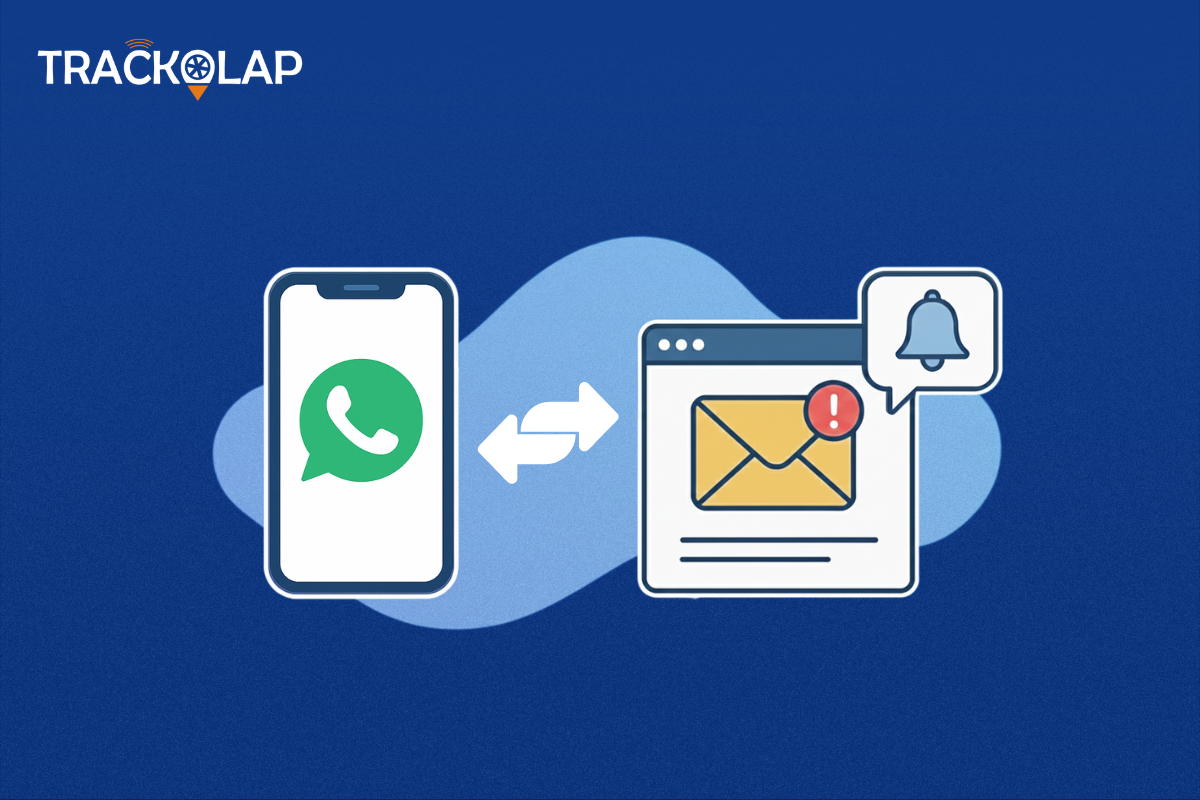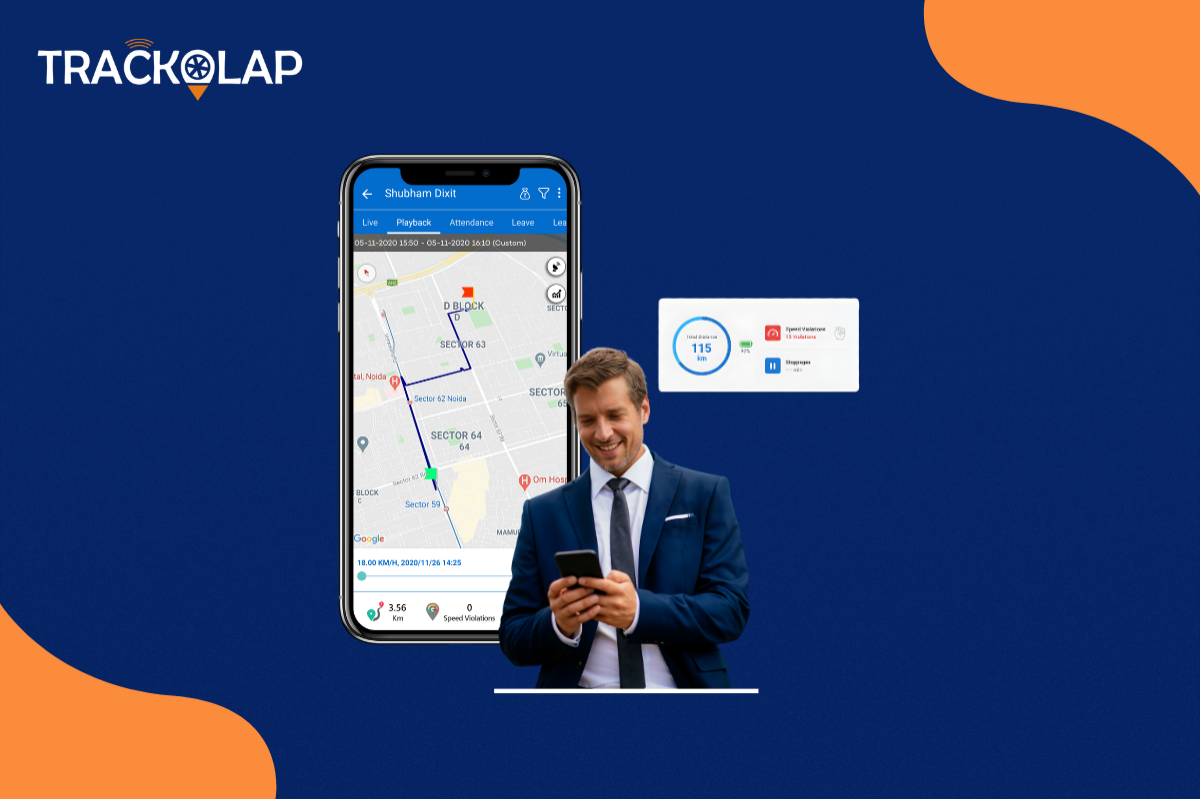
Stressed For Managing Remote Teams? How Time Tracking Software Can Help!
The most challenging task for now is managing remote workers. It is all about bringing miles-hectic people together and trying to overlap their work life with the new requirements
of jobs. Today, most companies struggle with questions about how to manage their teams effectively but still ensure that productivity and employee satisfaction are maintained. The simplest way to relieve all of these problems and to have an efficient team is time tracking software.
Understanding the Challenges of Remote Management
Remote management has its own challenges. Lack of face-to-face interaction could hinder communication, leading to delays and confusion. Tracking productivity and keeping employees accountable is hard when they work independently. The organization is battling unfamiliar challenges as it makes the transition into one where some company employees are working from home, thereby increasing stress in its domain for managers. The following are just a few examples of the common obstacles encountered:
Communication Gaps
Performance Visibility
Work-Life Balance
Cultural Disconnect
Remote work also has the effect of making personal and professional lives inseparable, while team building and the company culture maintained suffer a lot in terms of going steadily up the hill.
The Role of Time-Tracking Software
Time tracking software has immense potential for addressing such issues by focusing on how employees use their time and thus helping managers make more informed decisions for a healthier environment among employees. Such ways include:
Enhanced Communication
Most Time Tracking Software will also add features for communication to encourage collaboration among team members. It further helps bridge the communication gap usually found in remote settings.
Real-Time Insights
You can determine employee activity in real-time through tracking features of automation . It then allows a timely intervention whenever someone is struggling or disengages.
Performance Evaluation
This feature allows you to create a performance report on pure data rather than speculation. This feature will help in identifying high-performers while bringing to attention those who may need little assistance.
Work-Life Balance
Encouraging employees to report accurately their hours gives way to balance the workload among workers and people who overworking themselves, thus favouring a healthy work-life balance.
Cultural Cohesion
Some advanced Time Tracking Software include those with team recognition and feedback features to maintain a healthy company culture in a virtual environment.
Innovative Features That Come in Handy
To make the best use of Time Tracking Software, look for solutions that offer innovative features like:
Automated Time Capture: This feature relieves manual entry errors and automatically tracks time for a given task.
Mobile Access: Staff should be able to track their time anywhere, giving them flexibility and convenience.
Project-based Tracking: This will let the company see where time is spent between different projects and where resources are allocated.
Analytics Dashboards: Advanced Analytics will help understand productivity levels and trends over time to support decision-making based on data.
Training and Support: Key to Successful Implementation
Implementing a new technology such as Time Tracking Software requires careful planning and support. Important steps include:
Full Training Programs: Employees should be trained on the effective use of the software. Training may include live demos, video tutorials, and written tutorials or guides.
Continuous Support: Employees will have continuous support through dedicated help desks and online channels where they can seek assistance in adapting to the new system.
Feedback Mechanisms: Let them tell you about their experience with the software. Use that feedback to improve and redesign what needs to be improved.
Encouragement for Usage: Offer some incentive for the specific teams or individuals that are perhaps most consistently effective in using the time-tracking software. This could encourage a culture of responsibility and engagement.
Promoting Employee Engagement Through Time Tracking
Installing Time Tracking Software is not just about clocking hours; it's about creating an engaged workforce. Here are some tactics:
Involve Employees in the Process: Accept input from team members on the selection of time-tracking tools. Their buy-in will result in higher adoption rates.
Set Clear Expectations: Explain to employees how the time tracking should benefit their organization and themselves. Stress it's for productivity and not for micromanaging.
Recognize Achievements: Use your time-tracking software data to celebrate milestones and give public recognition to individual contributions.
Encourage Skill Development: Apply insights from time tracking data to pinpoint skill shortages and offer training to fill those gaps. This will illustrate that the organization is interested in their career development.
Champion a Feedback Culture: Create an environment where employees feel free to provide their input on the time-tracking procedure. Regularly ask for their opinions toward improving the software so that they can see their voice alter workplace practices.
With the above strategies, organizations would nurture a workforce that is highly engaged and motivated, leading to increased productivity and job satisfaction.
Future Trends in Time Tracking for Remote Teams
If we look directly at the future most of the trends that will shape Time Tracking Software will also advise the future of remote work management leans as follows:
AI Integration: AI will help in enhancing the data analytics to much deeper insight into employee performance and productivity patterns.
Mental Health: When organizations start realizing how the impact of time tracking tools can reach to issues regarding mental health from the remote workspace, they will take steps to add features concerning promoting well-being, like notifications for too much overtime or reminders for breaks.
Hybrid Work Models: In the future, there will be more hybrid, time-tracking solutions that will also have to be able to accommodate both the in-office and remote workers into one seamless method.
Energy Expenditure Tracking: This new movement will require recording not only the hours worked but also keeping track of mental and physical energy during those tasks. Discovering employees' energies and understanding their relationship to the associated work helps the organisation in determining employee engagement and prevention of burnout in healthier environments.
Voice and Natural Language Processing (NLP): Employees can simply enter their time and manage tasks through voice commands into their Time Tracking Software thanks to an add-on that integrates voice recognition technology. Of course, the addition reduces the complexity of tracking and makes the whole process more intuitive and user-friendly, particularly for those who struggle to use conventional interfaces.
These are trends that showcase the futuristic bending of time tracking tools to make more productive and easier tools for all the employees.
Stay in Control, Even from Afar!
Managing remote employees is that simple and does not need to be too heavy on your shoulders. Companies can achieve that using solutions offered by Time Tracking Software through better communication, greater visibility, improved performance, a well balanced work-life, and a thriving culture among their teams.
While reducing stress for the manager, buying the right tool gives the employee a sense of empowerment from the structure and clarity in their day. While you navigate the maze of modern remote management, why not build a solid time-tracking solution that matches well with your organization turning what would be a challenge into an opportunity for growth and success?
Discover TrackOlap today; check how our world-class and full-suite time-tracking software will redefine your remote management experience.
Frequently Asked Questions (FAQs)
1. Why is managing remote teams more stressful than in-office teams?
Managing remote teams can be stressful due to a lack of visibility, communication gaps, accountability issues, and difficulty in measuring productivity without direct supervision.
2. How can time tracking software help manage remote teams?
Time tracking software provides real-time data on employee activities, working hours, task progress, and productivity levels—helping managers stay in control and reduce stress.
3. What features should I look for in time tracking software for remote teams?
Key features include automated timesheets, activity tracking, app usage reports, screenshots, productivity analytics, GPS location tracking (for field teams), and project-wise time allocation.
4. Can time tracking software improve accountability?
Yes. Employees become more accountable when they know their work hours and tasks are being tracked, leading to improved discipline and time management.
5. Is time tracking intrusive for employees?
Modern time tracking tools like TrackOlap are designed to be transparent and non-intrusive. They focus on task efficiency rather than micromanaging employees.
6. How does it help in measuring team productivity?
The software generates detailed productivity reports showing active hours, idle time, task completion, and overall efficiency—making it easier to identify bottlenecks and top performers.
7. Can it integrate with project management or payroll systems?
Yes. Most time tracking tools offer seamless integration with project management tools (like Trello, Asana) and payroll systems to automate billing and salary calculations.
8. Is time tracking suitable for both in-house and remote employees?
Absolutely. Whether teams are working remotely, on-site, or in hybrid mode, time tracking ensures consistent monitoring and reporting across all work models.
9. How can it reduce time theft or buddy punching?
Features like selfie-based check-ins, GPS tracking, and real-time attendance logs help eliminate fake entries and unauthorized time logging.
10. How do I get started with TrackOlap’s time tracking solution?
You can request a free demo through TrackOlap’s website. Their team will help you implement the solution, onboard your team, and customize it to your workflow.






























 Back to Blogs
Back to Blogs










 D-5 Sector-59, Noida, Uttar Pradesh (India)
D-5 Sector-59, Noida, Uttar Pradesh (India) contactus@trackolap.com
contactus@trackolap.com 7011494501
7011494501










